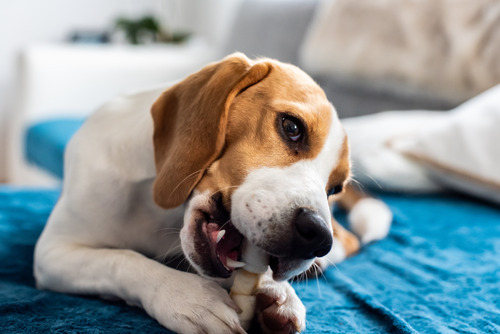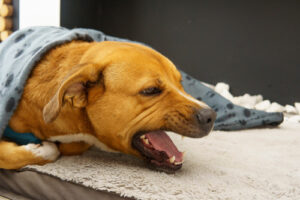When it comes to feeding dogs, bones are often thought of as a classic treat. However, whether or not bones are safe for dogs is a subject that requires careful consideration. This blog explores the pros and cons of giving bones to dogs, types of bones that are safer options, and important safety tips to keep in mind. If you have specific concerns or need advice tailored to your pet, please call North Jersey Animal Hospital at (973) 595-8600 or request an appointment online.
The Benefits of Bones for Dogs
Nutritional Value and Oral Health
Bones can be more than just a tasty treat for your dog; they also offer some nutritional benefits. Chewing on bones can help maintain your dog’s oral health by reducing tartar and promoting stronger teeth. Bones contain minerals like calcium and phosphorus, which are beneficial for a dog’s bone health. However, it’s important to choose the right type of bones to ensure they are safe and beneficial for your dog.
Mental Stimulation and Behavior
Chewing is a natural behavior for dogs that can provide mental stimulation and reduce anxiety. Providing appropriate bones for chewing can help prevent destructive behaviors by satisfying your dog’s instinctual urges. This activity can also be a soothing process for dogs, helping to keep them calm and content.
Risks Associated with Feeding Bones to Dogs
Choking Hazards and Internal Injuries
One of the primary concerns with feeding bones to dogs is the risk of choking or causing internal injuries. Bones can splinter, especially cooked bones, which can lead to serious complications such as choking or puncturing the gastrointestinal tract. It is crucial to monitor your dog when they are chewing on bones to prevent any accidents.
Digestive Issues
Bones can also pose risks to a dog’s digestive health. Some dogs may have difficulty digesting bone fragments, which can lead to blockages or constipation. It’s important to understand your dog’s chewing habits and digestive health before introducing bones as a treat.
Safe Practices When Giving Bones to Dogs
Choosing the Right Bones
Not all bones are created equal when it comes to feeding them to your dog. Raw bones are generally safer than cooked bones, as cooked bones are more likely to splinter. Large, uncooked knucklebones or marrow bones are often recommended because they are less likely to break into dangerous fragments.
Supervision is Key
Always supervise your dog when they have a bone, regardless of the type of bone. This will allow you to intervene if there are any issues, such as the bone breaking into small pieces or your dog attempting to swallow large fragments.
Alternative Options to Bones
Safe Chew Toys
If the risks associated with real bones are a concern, consider safe, vet-approved chew toys that can provide similar benefits. These toys are designed to be durable and safe for intensive chewing without the risks of splintering.
Edible Dental Chews
Edible dental chews are another safe alternative to bones. These are specifically formulated to be digestible and help reduce tartar buildup, similar to how bones can benefit dental health. They come in various sizes to suit different dog breeds and chewing styles.
Ensuring Your Dog’s Safety
While bones can provide certain benefits to dogs, they also come with risks that must be carefully managed. By choosing the right types of bones, supervising your dog during chew sessions, and considering safer alternatives, you can help ensure your dog enjoys their treats without any adverse effects. For more personalized advice or to discuss the best options for your dog, contact North Jersey Animal Hospital at (973) 595-8600 or book an appointment online. Your dog’s safety and health are our top priorities.





